 |
|||||||||||||
|
HOME
|
US Navy -
ships
|
US Navy - air
units
|
USMC - air
units
|
International
Navies
|
Weapon Systems
|
Special Reports |
|||||||||||||
|
United Kingdom - Royal Navy Oberon class Patrol/Attack Submarine |
|||||||||||||
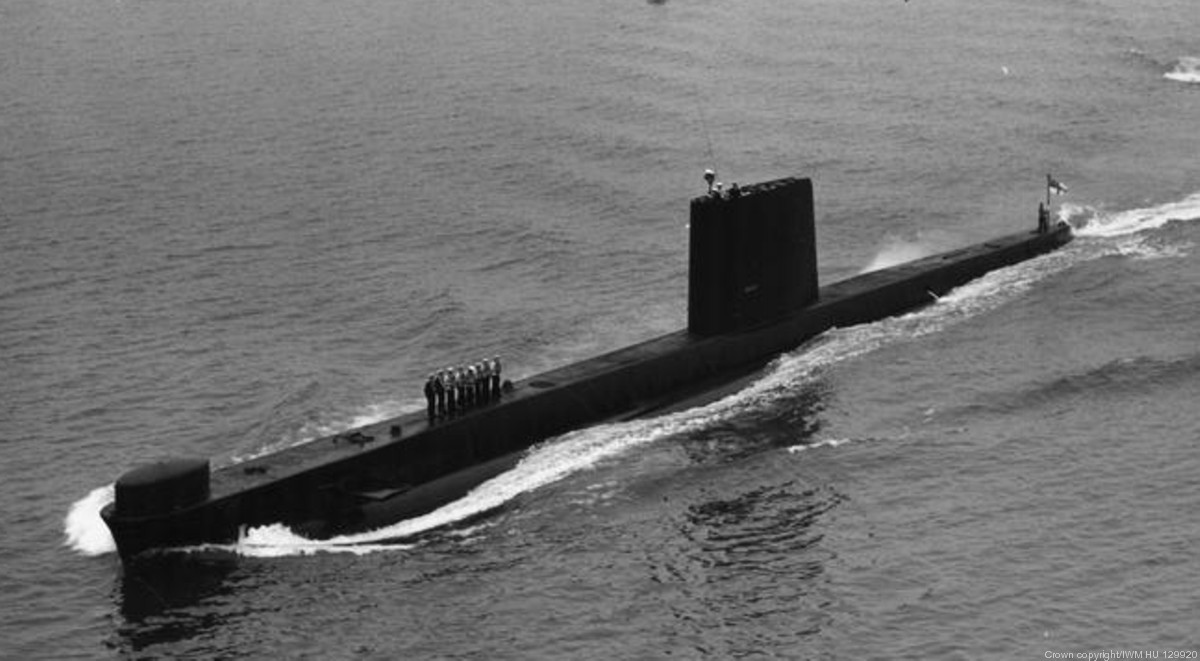 |
|||||||||||||
| 01/23 | |||||||||||||
| Units: | |||||||||||||
|
S 09
HMS Oberon
(1961) S 10 HMS Odin (1962) S 11 HMS Orpheus (1960) S 12 HMS Olympus (1962) S 13 HMS Osiris (1964) S 14 HMS Onslaught (1962) S 15 HMS Otter (1962) S 16 HMS Oracle (1963) S 17 HMS Ocelot (1964) S 18 HMS Otus (1963) S 19 HMS Opossum (1964) S 20 HMS Opportune (1964) S 21 HMS Onyx (1967) |
|||||||||||||
| Specifications: | |||||||||||||
|
Length: 90
meters (295.2 ft) Beam: 8.1 meters (26.5 ft) Draft: 5.5 meters (18 ft) Displacement: 2030 tons (surfaced) / 2410 tons (submerged) Speed: 12 knots (22 km/h) surfaced / 17 knots (31 km/h) submerged Range: 10350 NM (19170 km) Complement: 69 Propulsion: 2 x Admiralty Standard Range V16 diesel engines (3680 hp) 2 x 1280 KW generators 2 x electric motors (3000 hp) 2 shafts / 2 propellers Armament: 6 x 21 inches (533mm) bow torpedo tubes (20 torpedoes or 50 mines) 2 x 21 inches (533mm) short stern torpedo tubes (2 torpedoes) |
|||||||||||||
|
The Oberon class was a ship class of 27 British-designed submarines
operated by five different nations. They were designed as a direct
follow-on from the Porpoise-class: physical dimensions were the
same, but stronger materials were used in hull construction, and
updated equipment was fitted. The submarines were built between 1957 and 1978 by four shipyards: Cammel Laird (4), Chatham Dockyard (6), Scotts Shipbuilding and Engineering Company (11) and Vickers-Armstrongs (6). Thirteen of the submarines were operated by the Royal Navy, six by the Royal Australian Navy, three by the Brazilian Navy, three by the Royal Canadian Navy/Canadian Forces Maritime Command (plus two ex-Royal Navy boats later acquired for non-commissioned roles), and two by the Chilean Navy. The Oberons operated during the height of the Cold War, with duties including surveillance, tracking of other ships and submarines, delivery and retrieval of special forces personnel, and serving as targets for anti-submarine training. Submarines of the class were in service until 2000. As of 2015, eight of the submarines are preserved intact as museum vessels, another three are partially preserved (with some exterior portions of the submarine on display), and one is in private ownership and awaiting conversion for display. The rest have been sold for scrap, including one former museum vessel. Design and construction: The 295.2-foot (90.0 m)-long Oberon class was based heavily on the preceding Porpoise class of submarines, which were in service from 1956 to 1988. Changes from the Porpoise design were primarily to improve the strength and stealth of the submarine. Instead of UXW steel, the hull was built from QT28 steel, which was easier to fabricate and stronger, allowing the submarine to dive deeper. Glass-reinforced plastic was used in construction of the casing. Electronics, sonar, and radar systems were also upgraded to the latest standard. The submarines were equipped with a type 1002 surface search and navigation radar, a type 187 active-passive attack sonar, and a type 2007 long-range passive sonar. The Oberons were constructed at a variety of shipyards in the United Kingdom: the six Australian and two Chilean submarines by Scotts Shipbuilding and Engineering Company (the latter were built after the Scott Lithgow merger); the three Brazilian submarines by Vickers-Armstrongs; and the three Canadian submarines at Chatham Dockyard. Construction of the British submarines was shared amongst four dockyards: the three mentioned above and Cammell Laird. Armament: The Oberons were originally armed with eight 21-inch (533.4 mm) torpedo tubes: six tubes in the bow, and two short tubes for antisubmarine defence in the stern. The submarine normally carried a payload of 20 torpedoes for the forward tubes; a mix of Mark 24 Tigerfish and Mark 8 torpedoes, while only the two preloaded torpedoes were carried for the stern tubes. Naval mines could be carried instead of torpedoes: the torpedo payload would be replaced with up to 50 Mark 5 Stonefish or Mark 6 Sea Urchin mines. The forward torpedo tubes are constructed in two sections bolted together across the bulkhead at the fore end of the torpedo compartment. The inner section of 116 in long is constructed of 0.5-in rolled steel fitted with welded flanges and support brackets. The outer section is constructed of a similar tube 175 in long but with a reinforced 1.125 inch thick section behind the main bulkhead. The internal door hinges at one side with two locking mechanisms, a swing bolt opposite the hinge and a rotating locking ring attached to the tube which presses down on the ten projecting lugs around the door. The outer end of the tube is sealed with a domed bow cap. Bow shutters close across the bow caps so as to preserve the streamlined shape of the bow when the cap is closed. The bow caps and shutters are mechanically linked to a hydraulically operated drive rod from within the torpedo compartment. The bow cap opens first behind the shutter, which then folds back against it forming a smooth exit tube. Interlocks prevent the doors at both ends being opened at the same time but the inner door is also provided with a test cock to check whether the tube is full of water before opening and remains held nearly closed by the swing bolt after the locking ring is released. The tube internal diameter is 22.5 in, wider than the torpedo which is designed as a loose fit inside the tube. Torpedoes could either be fired electrically or with compressed air. The aft torpedo tubes passed through the ballast tank at the rear of the submarine. A 31-in section projected into the boat through the bulkhead, forming overall a relatively short tube of 12 ft, but of 25 in diameter. Propulsion system: The class used diesel-electric propulsion with lead-acid batteries to provide power when the engines cannot be used. Each vessel has two Admiralty-pattern V-16 diesel engines (ASR1 16VMS) each driving one 1280-kW 880-V generator. These can provide power directly to the two 2000-BHP electric motors, one directly connected to each propellor, or for charging batteries. The diesel engines can only be operated with external ventilation, but this can be obtained either while on the surface or when shallowly submerged by use of two snorkels which can be raised from the fin. One snorkel brings in new air to the boat, while the other takes exhaust fumes from the engines. The ventilation system is designed so the fresh air spreads through the boat. The generators are cooled by an internal fan on the shaft which circulates air through a filter and water-cooled heat exchanger within the casing. A grill allows pressure equalisation inside and out. The generator has one pedestal bearing fed with oil from the diesel engine lubrication supply and is fitted with an internal heater to prevent condensation when not running. The submarine has two batteries, each comprising 224 2V cells (type D7420) giving a nominal 440-V output. One battery is located underneath the crew accommodation compartment, and the other under the control compartment. Each battery has a switch circuit in the middle so it can be split into two banks of 112 cells. The cells are designed to deliver 7420 Ah over a period of 5 hours. All steelwork within the battery compartments is lined with rubber to protect the metal from attack by acid, and also all conducting material is insulated to prevent risks of electric shock. Waxed timber is used to make framing and crawlways to access the batteries and support them because of its resistance to acid. The battery compartment has a sump to collect any spilled liquids. Each cell weighs 1,120 lb, measures about 4 ft by 16 in by 12 in, and contains 18.5 gallons of electrolyte. Cells are held tightly in place with wooden wedges to prevent movement with the boat. Each cell has four connector bolts to each electrode and an agitator pipe which bubbles air through the cell to ensure the electrolyte remains mixed and uniform. Cooling water is fed through pipes attached to the electrode connectors to prevent overheating and the battery temperature is monitored. In operation, each battery is charged until the voltage reaches 560 V, then allowed a further hour's charging. Fortnightly, it should be allowed 5 hours charging after reaching 560 V to ensure a maximum charge is reached. Every two months, the battery should be given an equalising charge of eight hours to ensure all cells have reached their maximum. The battery is designed to operate with a specific gravity of the electrolyte between 1.080 and 1.280. Initial charging current should be around 1650 amps for s.g. below 1.180, 1250 A above 1.180, falling to 280 A when charging is complete. At a voltage around 538 V, the cells begin to give off explosive hydrogen gas, so the applied power is reduced during charging to keep voltage below this value until current falls to 280 A, which is then maintained while voltage is allowed to rise until the requisite voltage and charge time are reached. In an emergency, the charging current can be raised to 2000 A. To maintain overall capacity, batteries need to be completely discharged over a 5-h period once every four months and then completely recharged. The battery compartments are sealed to prevent gases escaping into the submarine, or salt water entering which inside a battery would cause the release of poisonous chlorine gas. Ventilation fans are used to extract hydrogen released by the cells and catalytic converters are placed strategically through the submarine which remove hydrogen from the air by recombining it with oxygen to form water. Each of the two propellers on the submarine is connected to a 3000-BHP DC electric motor. Each motor is designed with two separate armatures, in effect two motors in the same unit. Speed of the submarine can be varied by connecting the batteries and armatures in different series and parallel combinations. Slowest speed is obtained by connecting both batteries in parallel, thus supplying 440 V, across all four motor armatures in series, thus applying 110 V to each ('shafts in series'). Next, the batteries in parallel may be applied across the two motors in parallel, with their armatures in series ('group down'). This applies 220 V across each armature. Third, both batteries are applied in parallel across all four armatures applying 440 V to each ('group up'). Finally, the batteries can be arranged in series so as to apply 880 V across all four armatures in parallel ('batteries in series'). Each armature also has an associated field winding which is separately supplied with current which may be varied resistively, providing further speed control (maximum 35 A). The motors are designed with a sealed oil sump from which oil is pumped continuously to lubricate the bearings. A fan draws air from the engine room through the motor to cool it and returns the exhaust air to the engine room through a water-cooled heat exchanger. This arrangement reduces the possibility of water being drawn into the motor should there be a leak in the cooler. The engine is also fitted with a heater to keep it warm when not running so as to prevent condensation internally. Temperature and revolution speed are monitored and displayed on the control panel. Auxilary power: The batteries provide variable DC power (VP) which ranges in normal usage from 390 to 650 V. Pumps for ballast, water, air compressors, ventilation, cooling, and hydraulics are all designed to cope with this supply range, but some equipment cannot. The boat, therefore, is supplied with two sets of auxiliary motor generators designed to be powered by the batteries and produce stable output, one set powered by each main battery. A 220-V DC supply (CP) is provided by two 100-kW generators, one supplied from each battery with either being sufficient by itself. Two 15-kW 60-Hz three-phase alternators provide power for equipment designed to work off 115 or 230 V AC and two more 15-kW 400-Hz generators provide power at 205 V AC used by radar, sonar, fire control, and communications electronics. Two 4-kW generators plus an additional backup battery provide 24 V DC. In the event of damage to the main electrical distribution system, provision is made for one of the CP generators to be connected directly to one armature of the port motor, to provide some propulsion by alternative circuitry. source: wikipedia |
|||||||||||||
| Units: | |||||||||||||
|
|||||||||||||
| images | |||||||||||||
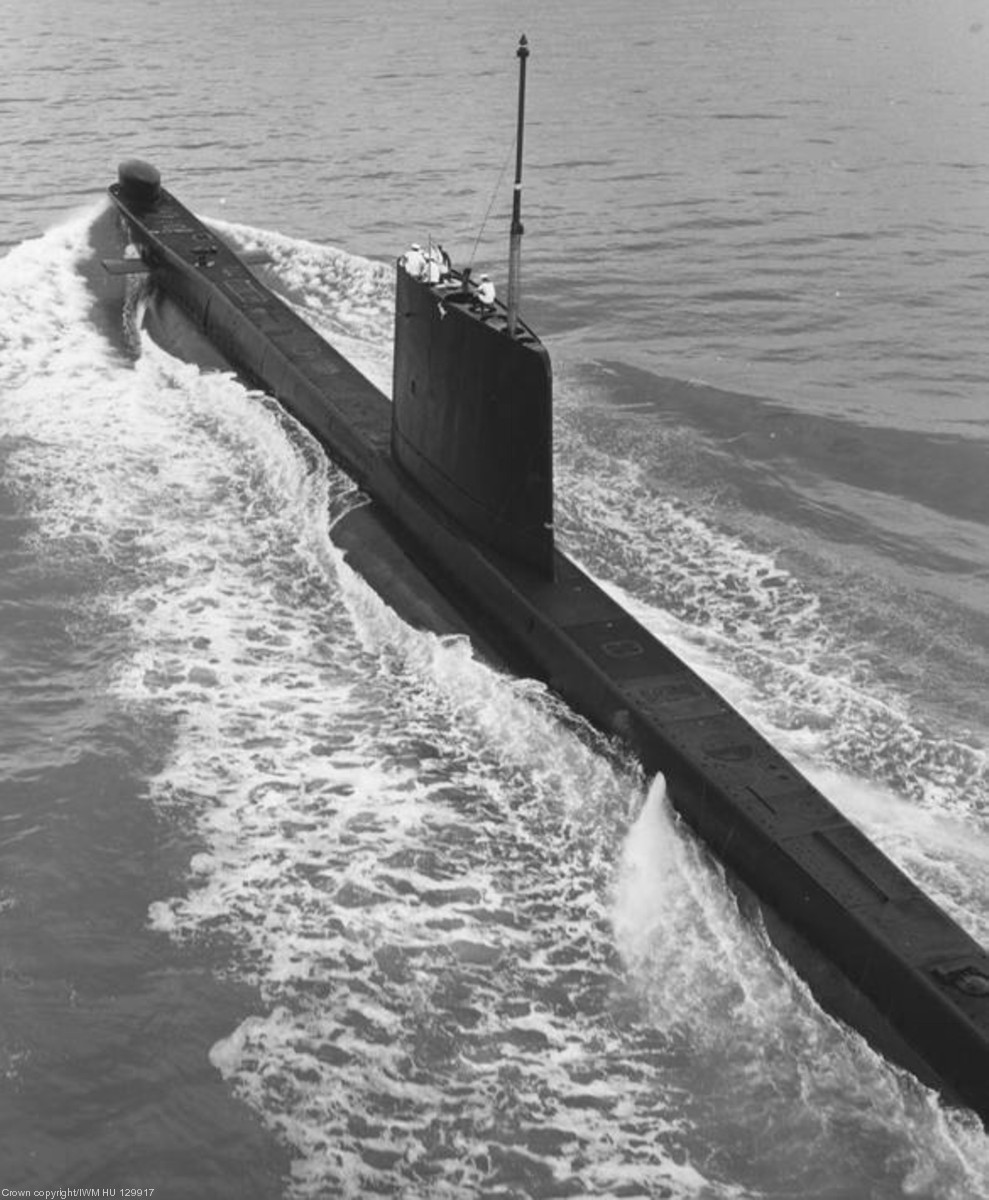 HMS Odin (S 10) 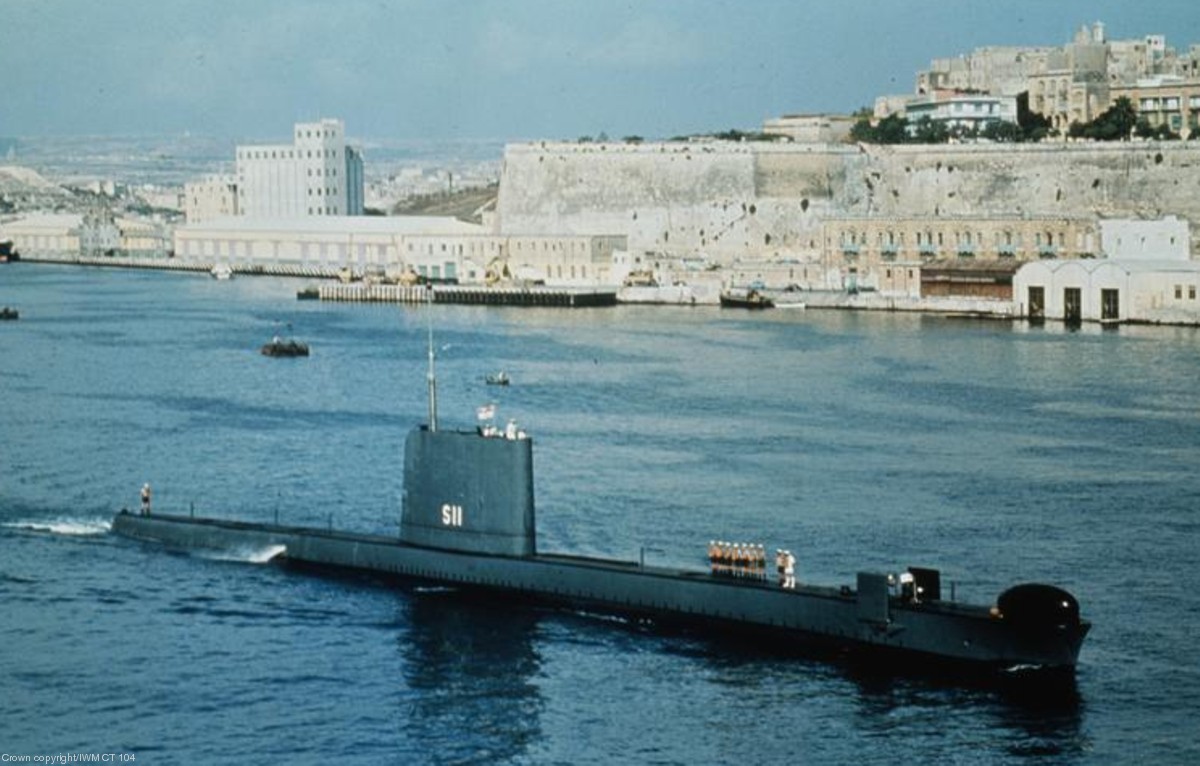 HMS Orpheus (S 11) 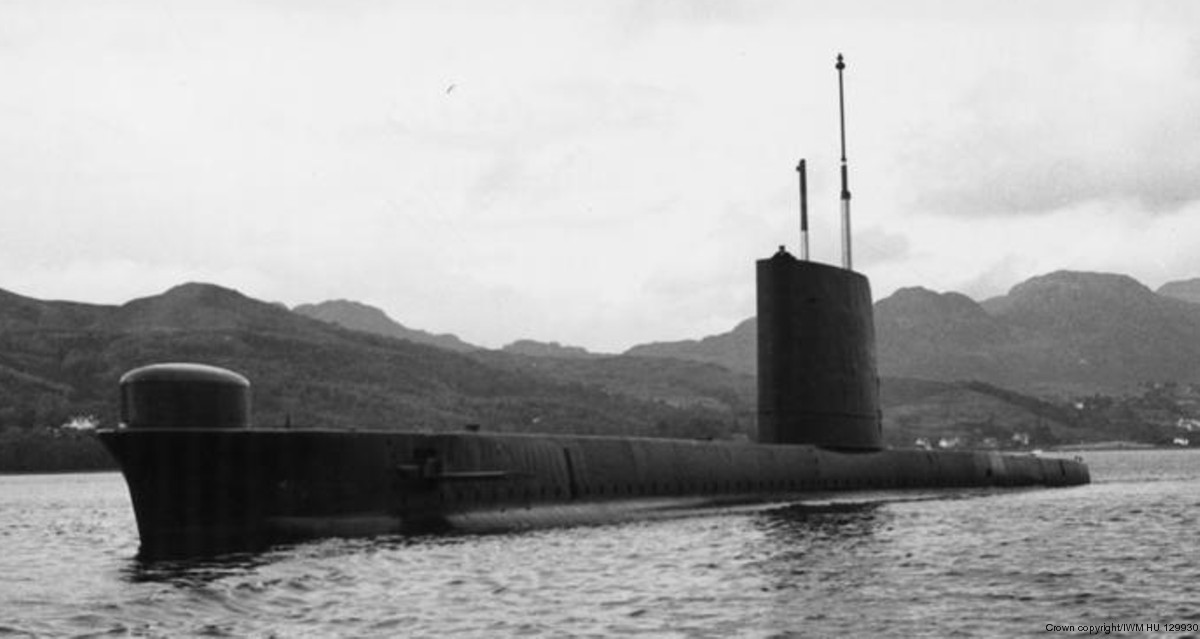 HMS Osiris (S 13)  HMS Osiris (S 13)  HMS Onslaught (S 14) 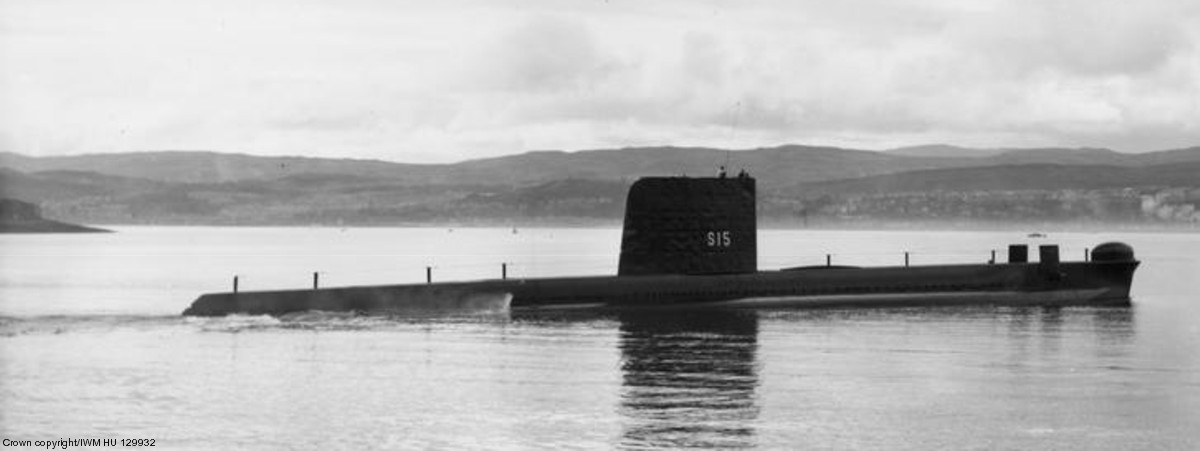 HMS Otter (S 15) 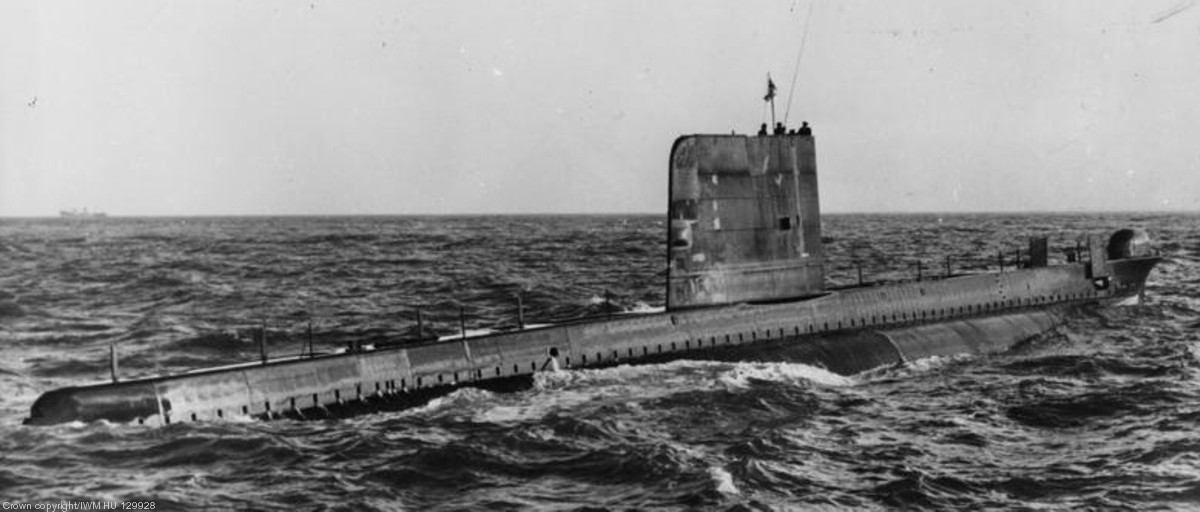 HMS Oracle (S 16) 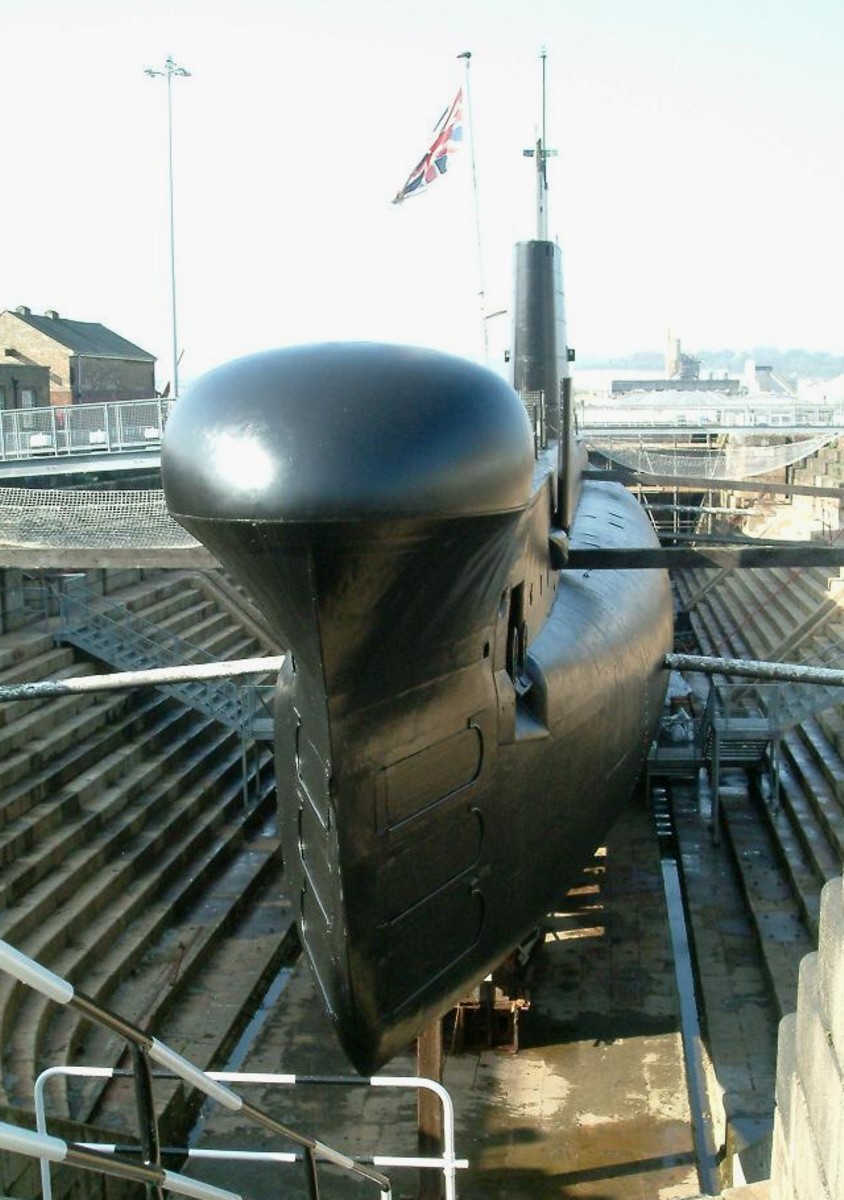 HMS Ocelot (S 17) 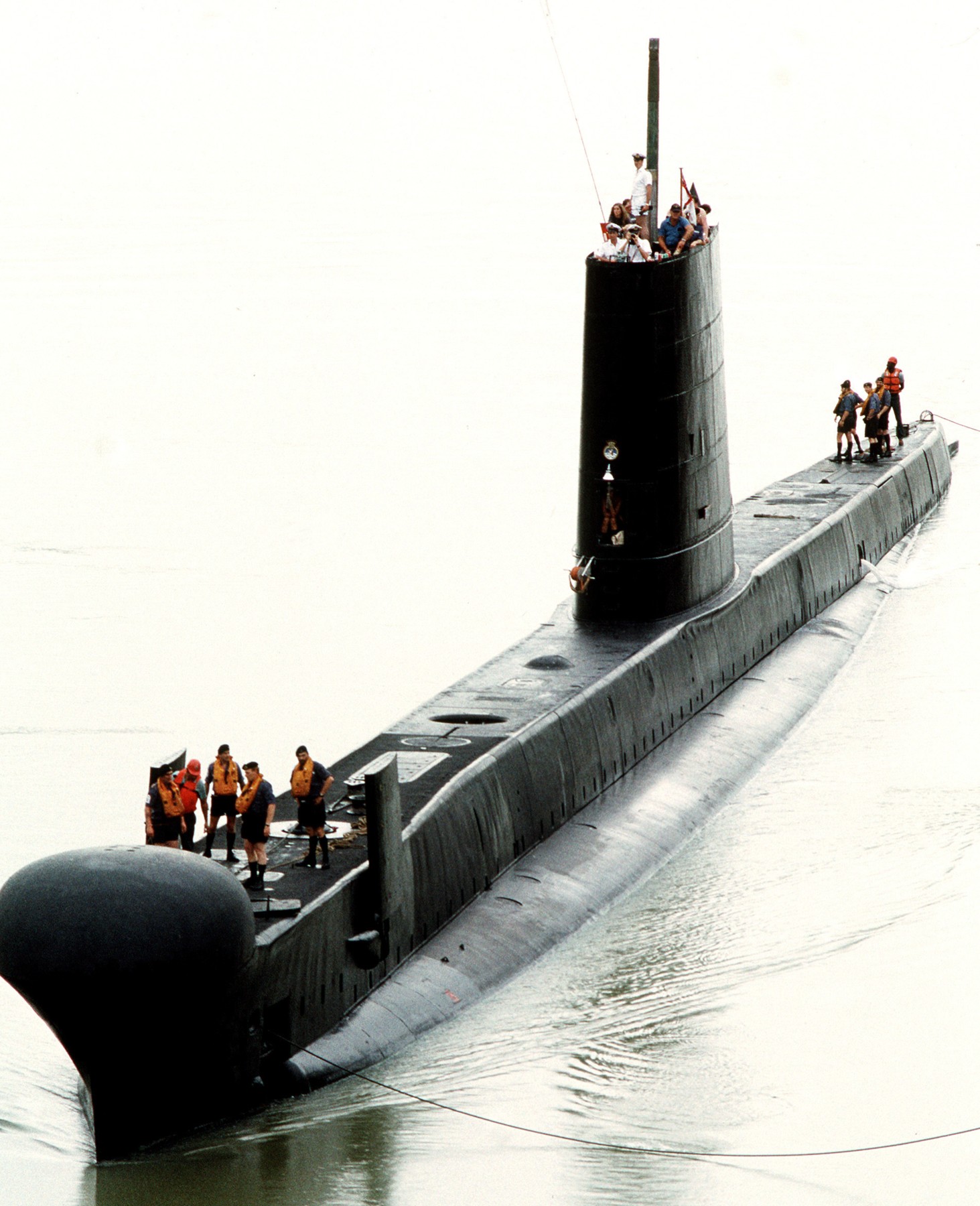 HMS Ocelot (S 17) 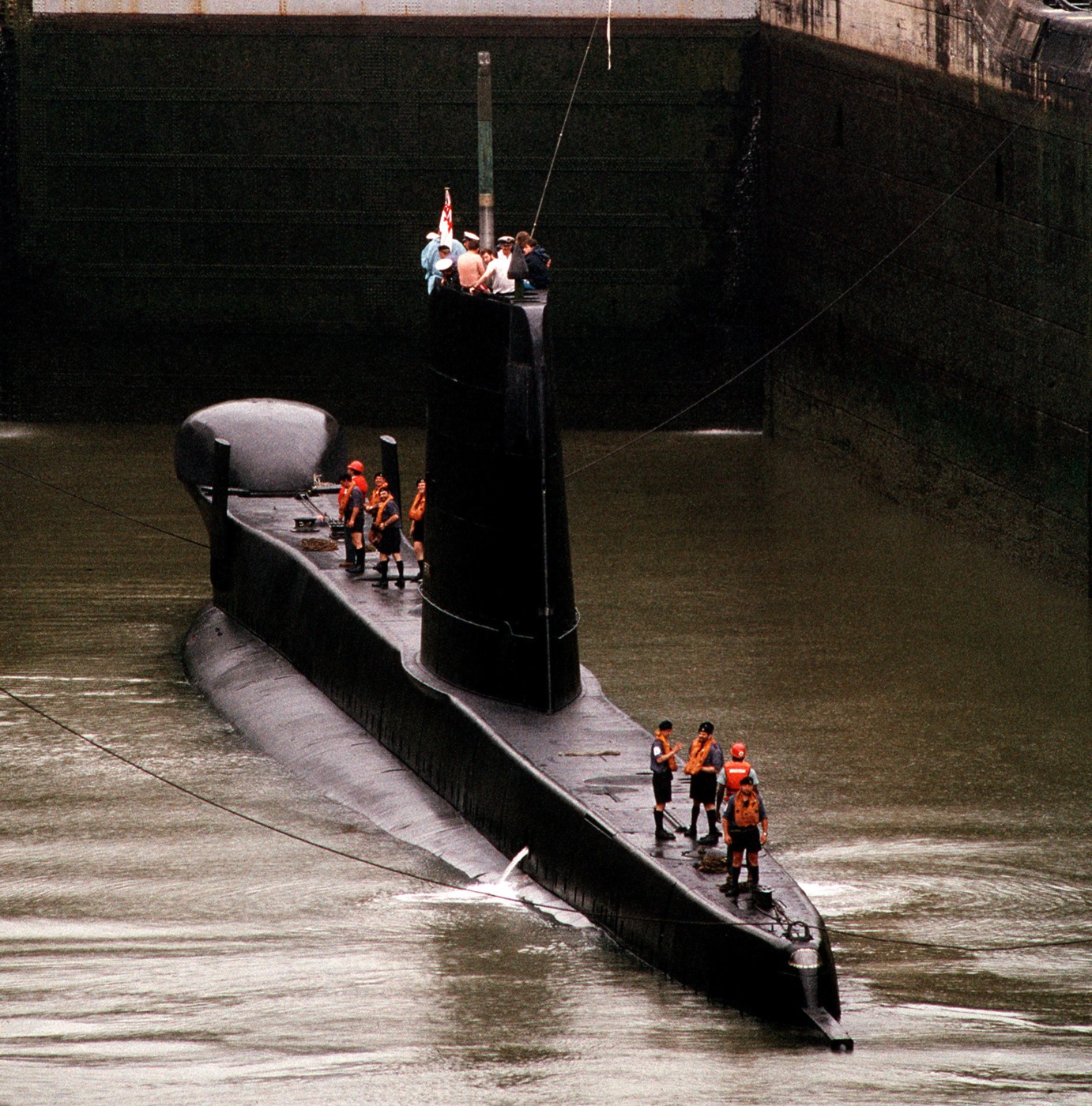 HMS Ocelot (S 17) 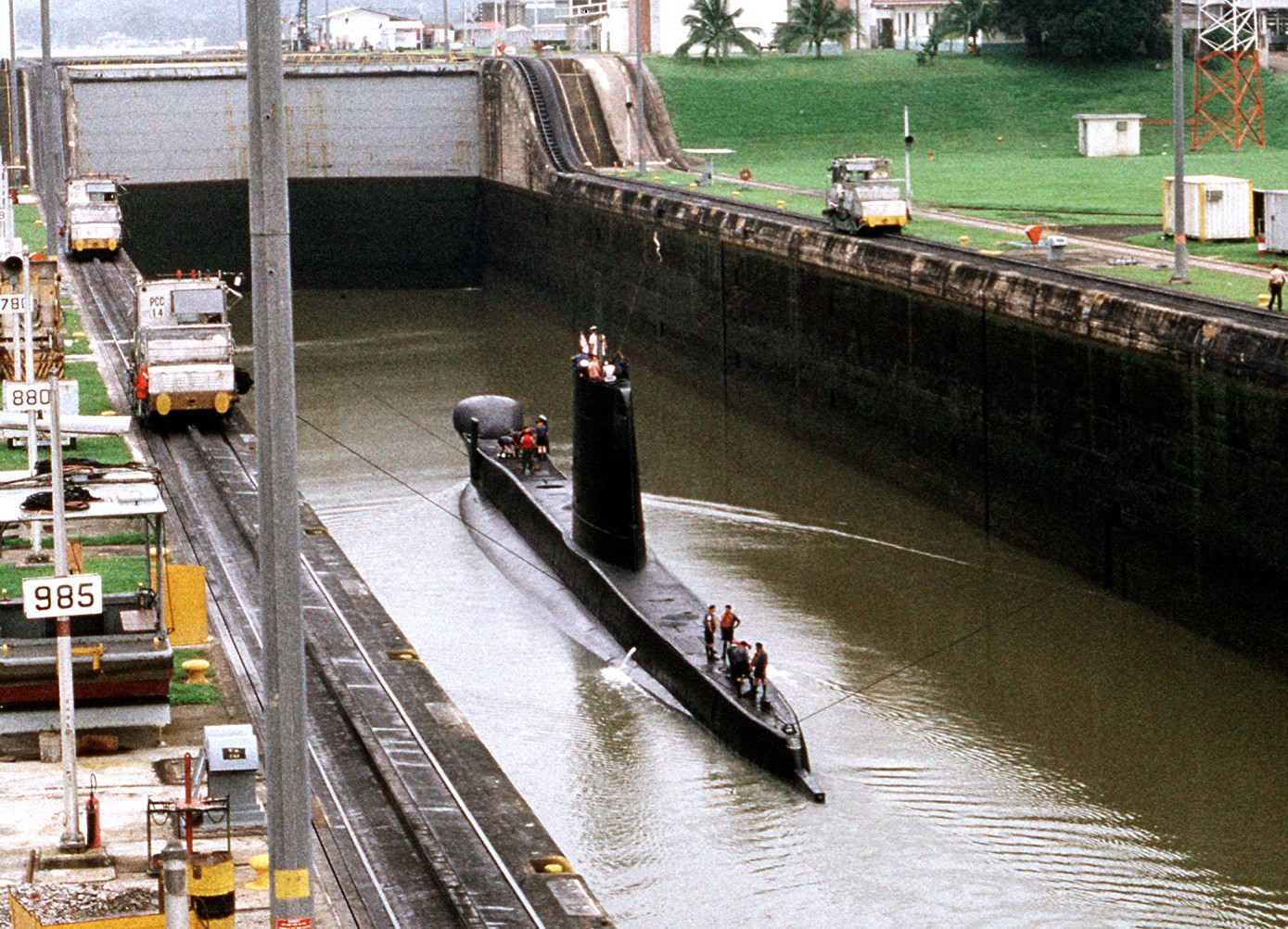 HMS Ocelot (S 17) 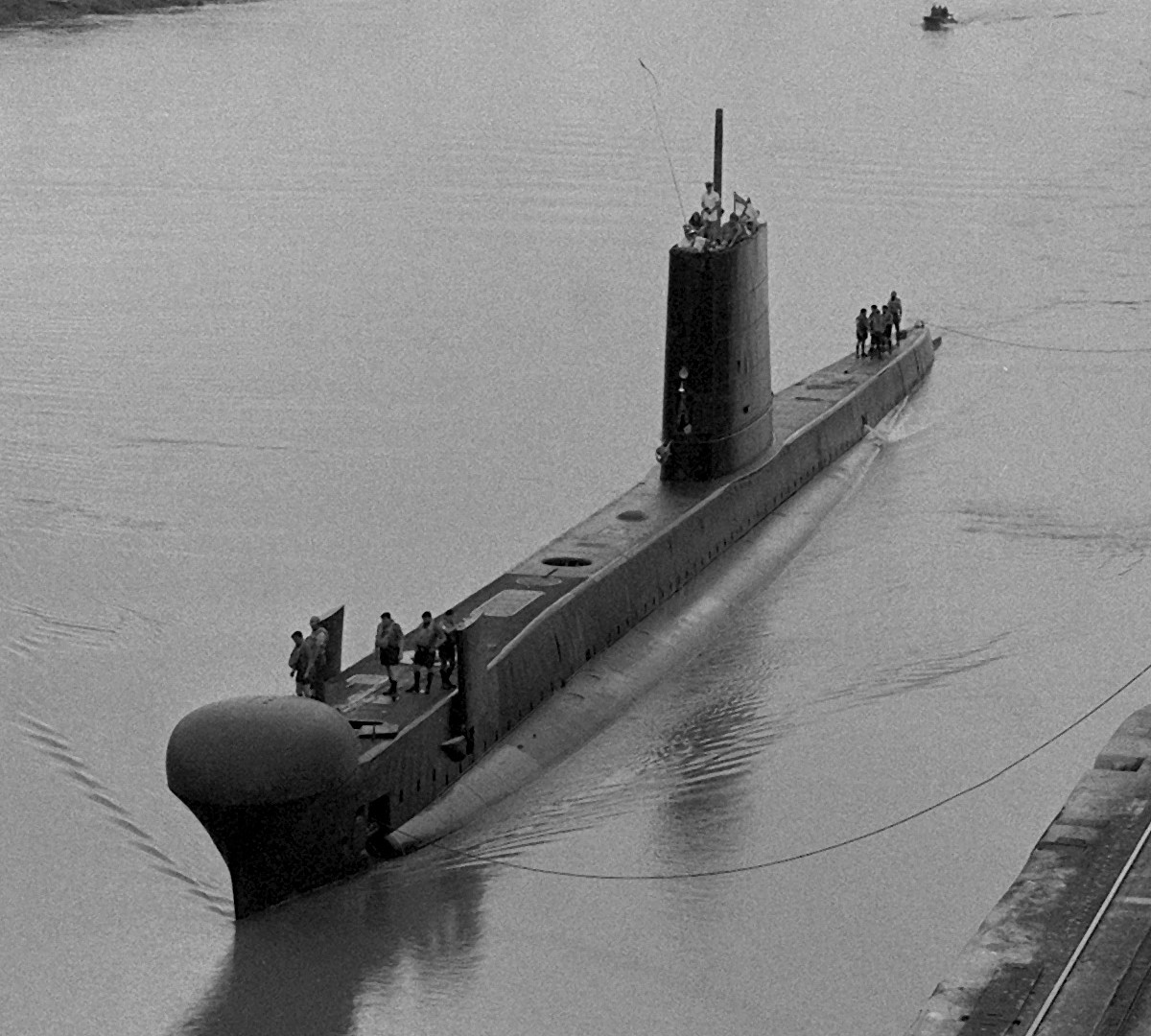 HMS Ocelot (S 17) 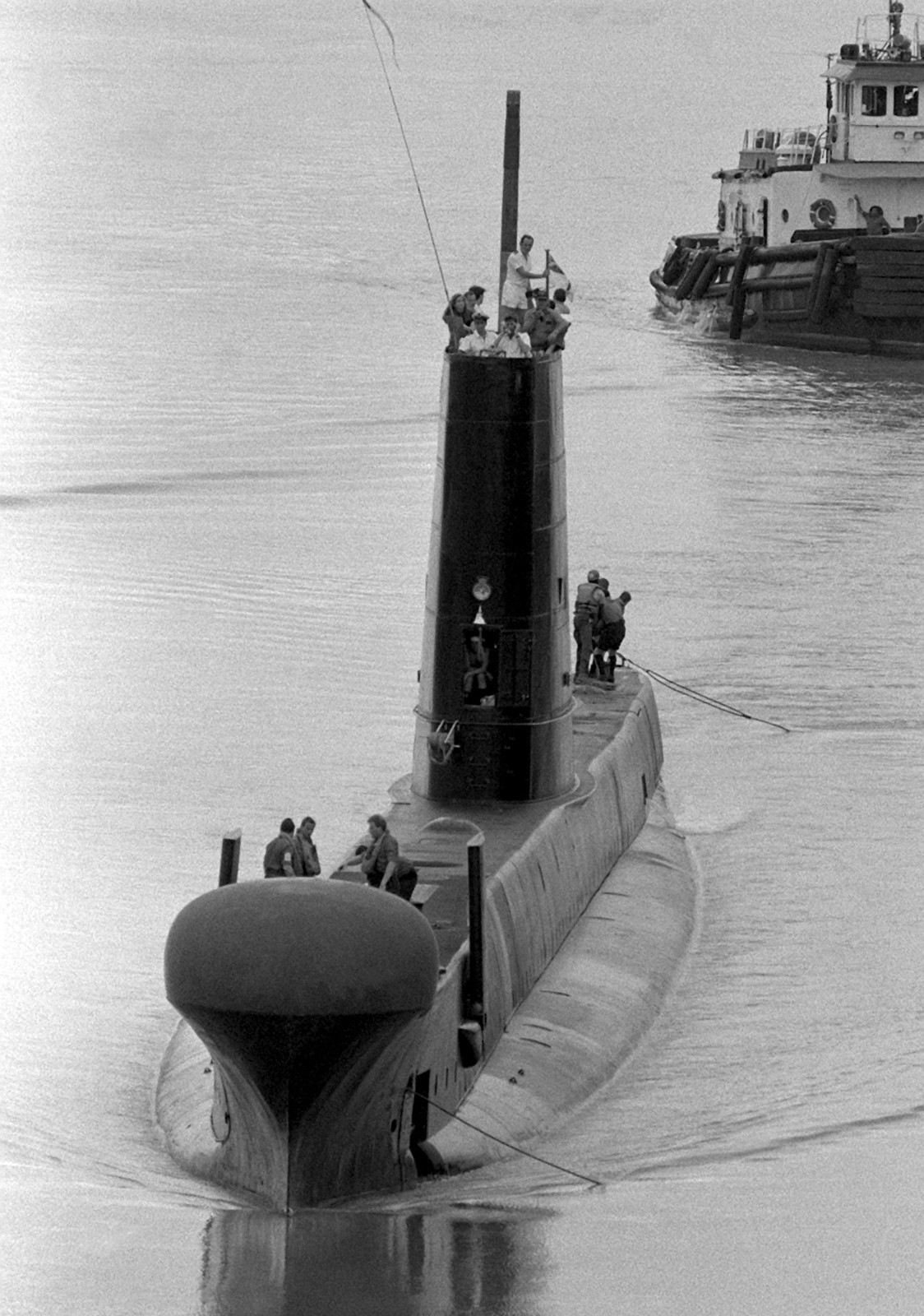 HMS Ocelot (S 17) 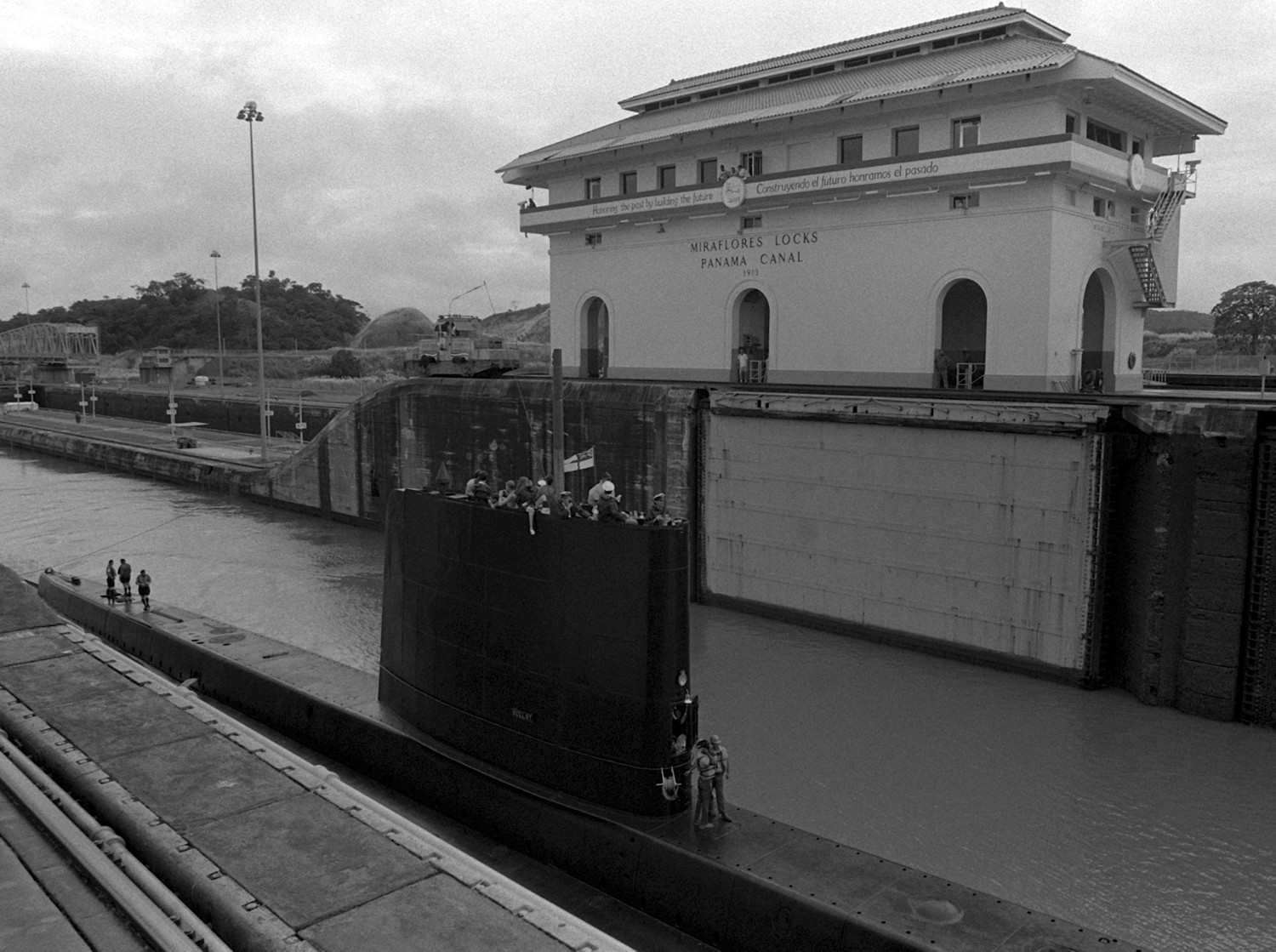 HMS Ocelot (S 17) 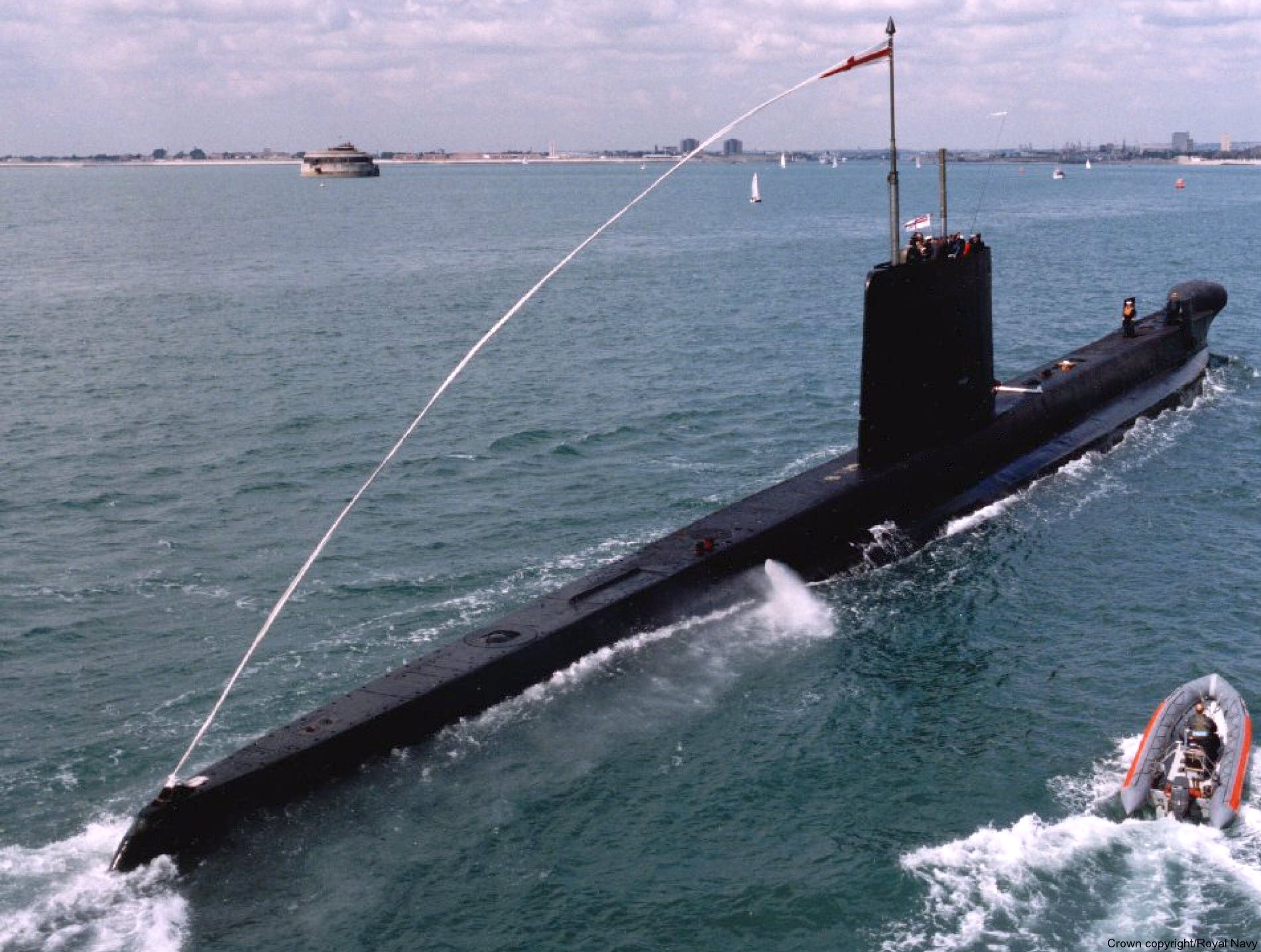 HMS Opossum (S 19) 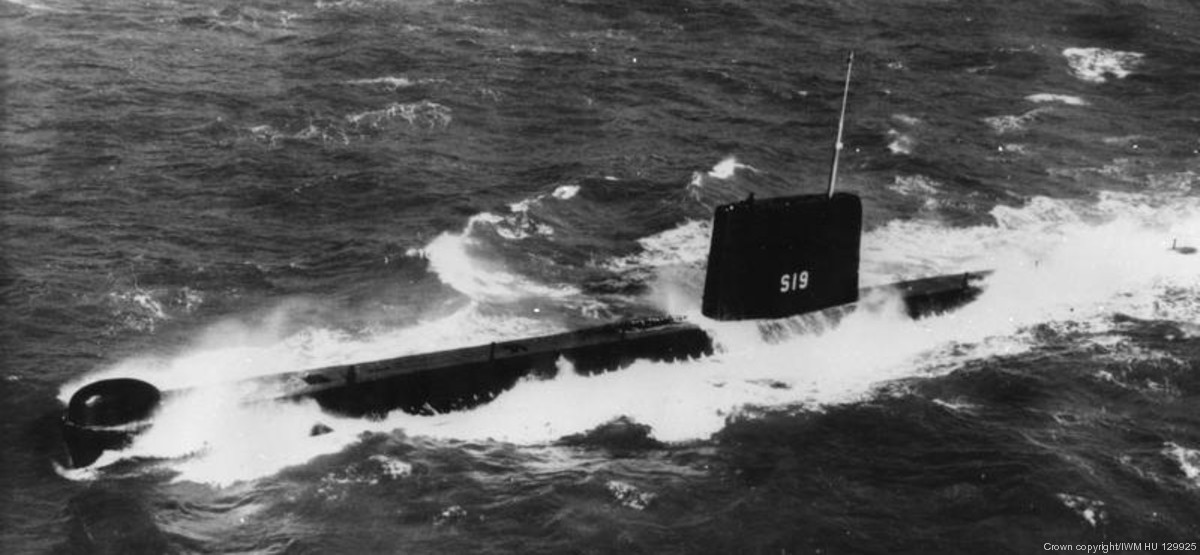 HMS Opossum (S 19) 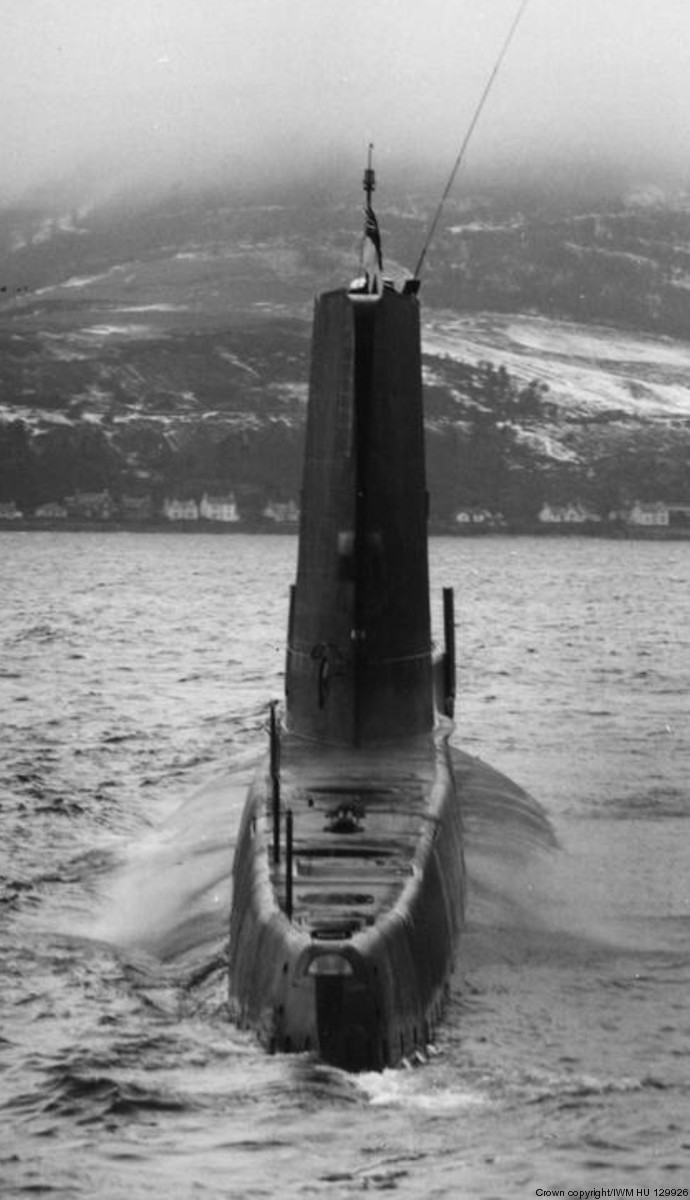 HMS Opportune (S 20) 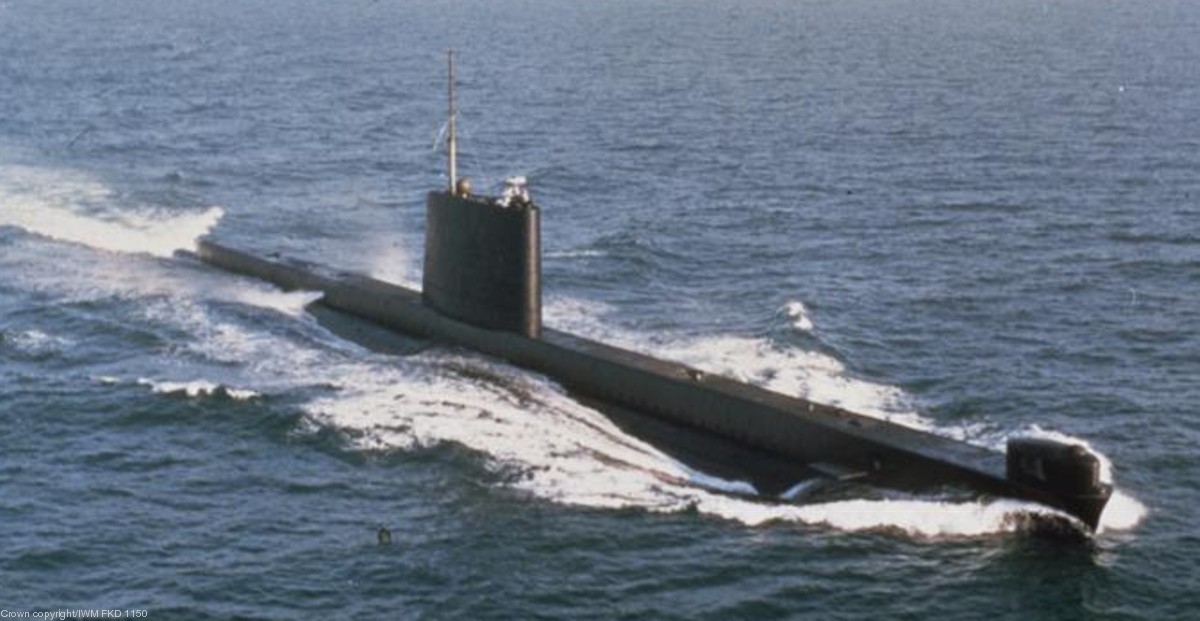 HMS Onyx (S 21) 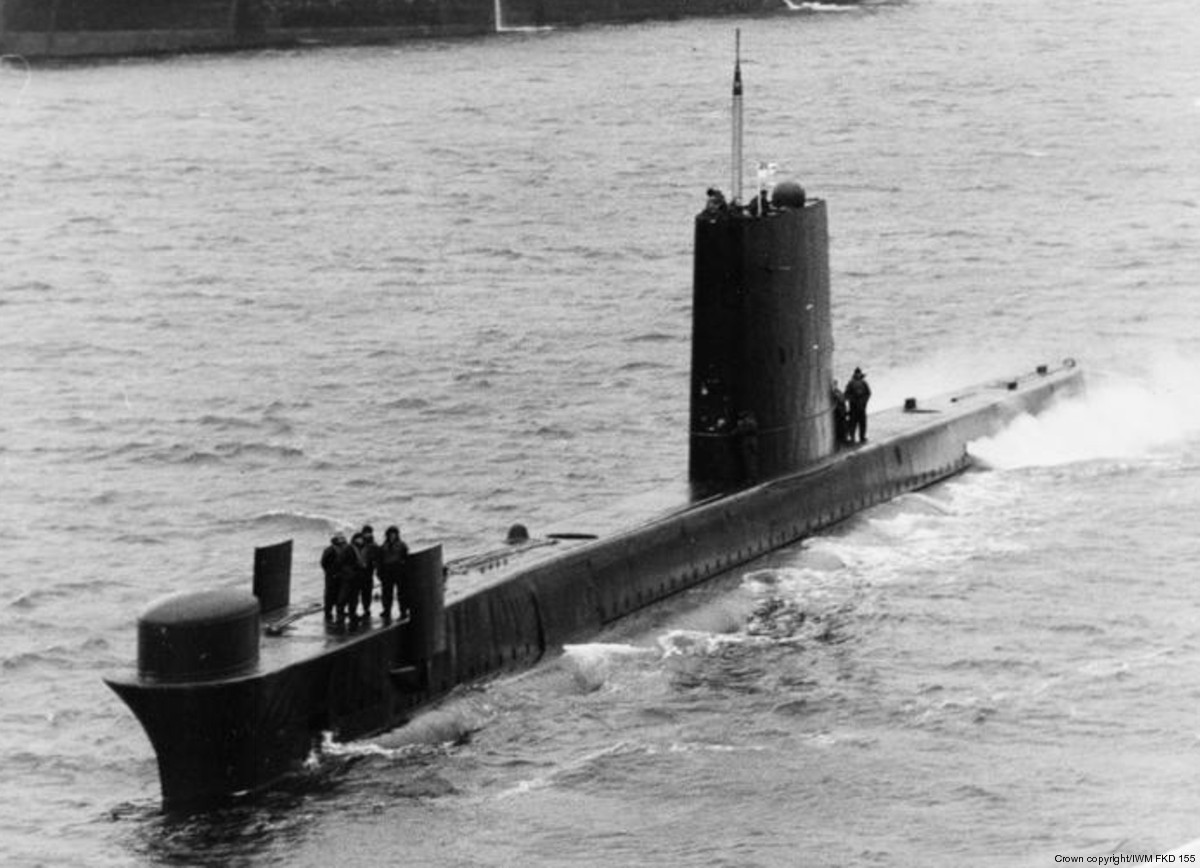 HMS Onyx (S 21) 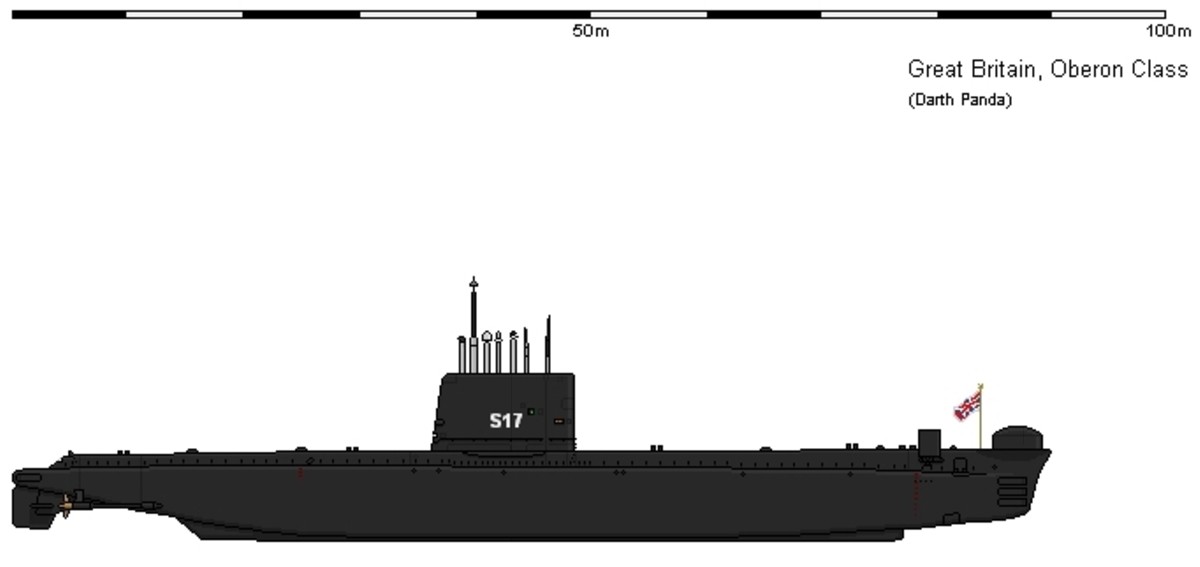 |
|||||||||||||
|
|
seaforces.org
|
Royal
Navy start page
| |